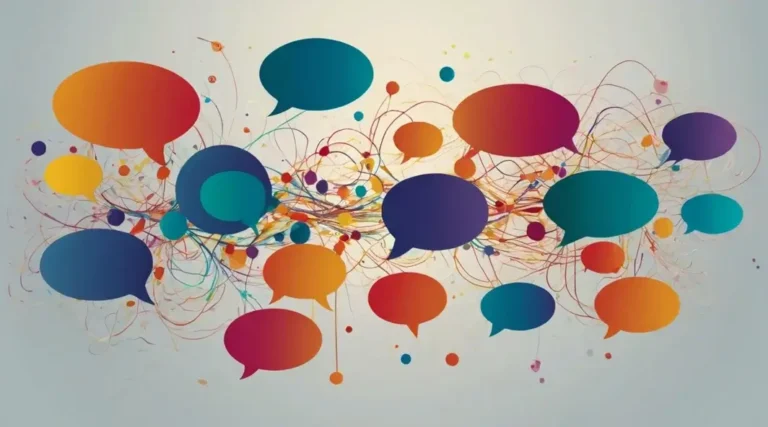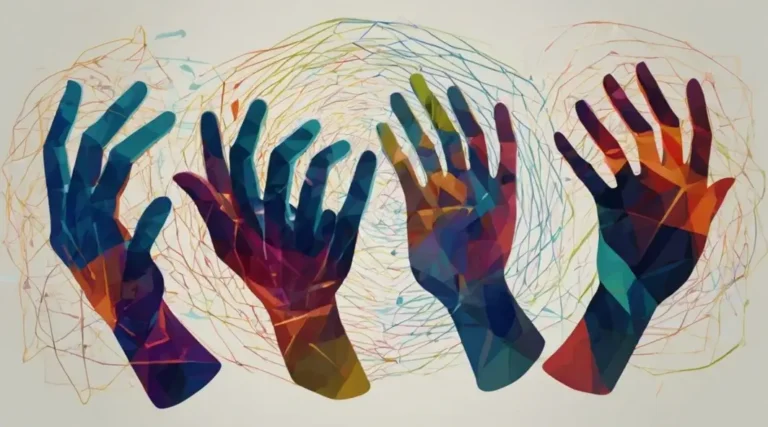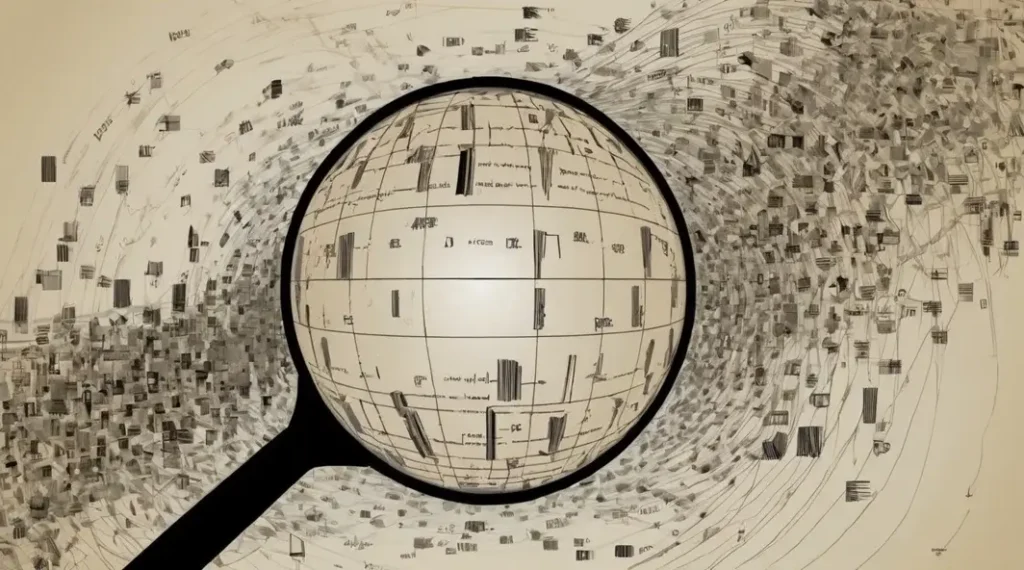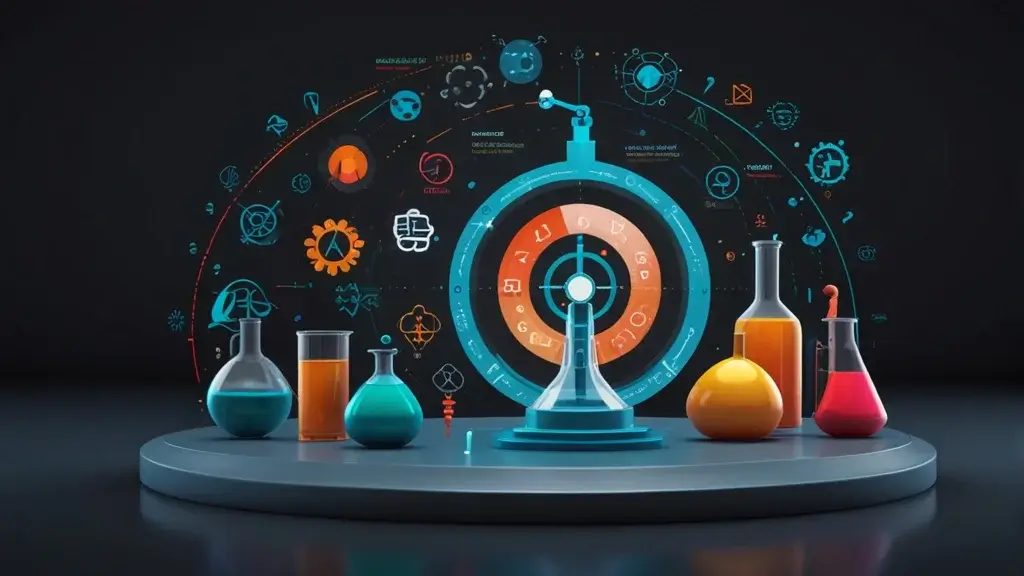Conversation Analysis
Conversation analysis is a specialized approach for examining qualitative data. It is a component of discourse analysis. Conversation analysis is a discipline within linguistics that focuses on the methodical examination of both spoken and non-spoken actions in conversations, with the aim of comprehending the dynamics of interpersonal interaction. Conversation analysis, as a branch of discourse analysis, focuses on analyzing the structure and organization of verbal communication.
The primary objective of this study is to analyze and illustrate the methods by which individuals involved in a conversation uphold a social order by evaluating the mechanisms employed in the act of conversation (Sacks, 1992: 339). Conversation analysis is an academic discipline that examines how individuals employ language during conversations to achieve specific objectives, such as sharing information, expressing feelings, or forming social relations. It is a multidisciplinary field that utilizes linguistics, sociology, psychology, and communication studies to examine the dynamics of human interaction in social contexts.
Conversation Analysis in Research
Conversation analysis is a methodological technique that examines communication by analyzing the structure and organization of conversations. Linguistic and nonverbal actions, including turn-taking, pauses, and gestures, are systematically analyzed to gain insight into interpersonal communication.
When engaging in conversational analysis, it is crucial to grasp the distinction between conversation analysis and discourse analysis. Conversation analysis is a specialized form of discourse analysis that examines the arrangement and organization of spoken communication. Conversely, discourse analysis is a more extensive discipline that investigates the utilization of language in many settings, such as written documents, speeches, and media.
Areas of Conversation Analysis
Turn-taking
Turn-taking in conversation activities is a specific focus within the field of conversation analysis. Turn-taking is the act of speakers switching their participation in a conversation, and it is a crucial element of conversation analysis. This field of research examines the regulations, practices, and tactics individuals use to begin, sustain, and conclude a dialogue. Turn-taking analysis illustrates the process by which speakers synchronize their speaking roles and regulate the progression of the conversation.
Pragmatics
Pragmatics is another domain within conversation analysis. Pragmatics is the field of study that examines how individuals employ language within specific situations, while conversational analysis within pragmatics aims to understand how meaning is generated through dialogue. Linguistic pragmatics investigates how individuals employ language to express meaning, including conversational implications, indirect speech acts, and presuppositions.
Types of Conversation Analysis
Conversation analysis encompasses several methodologies, such as micro-analysis, macro-analysis, and ethno-methodological analysis.
Micro Analysis
This involves a thorough investigation of particular aspects of a discussion, such as the way participants take turns, fix communication issues, and handle the topic being discussed.
Macro Analysis
This type of analysis examines broader patterns in conversation, such as the organization of stories or the utilization of specific speech behaviors.
Ethno-methodological Analysis
This approach focuses on comprehending the social norms and practices that form the basis of conversational interaction. Ethno-methodologists believe that social order is not an inherent entity but rather a product of deliberate human activities during interpersonal exchanges. Ethno-methodological analysis, under the framework of conversational analysis, investigates the ways in which individuals employ conversational practices to establish and sustain social organization.
Features of Conversation Analysis
Proficiency in conversation analysis, such as turn-taking, is essential for facilitating an efficient process. Studying the many characteristics of conversation analysis is crucial as well. The following items are included:
Turn-taking
As discussed previously, turn-taking in conversation analysis refers to the exchange of speaking turns between speakers during a discussion. Researchers examine the manner in which participants reveal their willingness to talk, how they transit between speaking turns, and the utilization of nonverbal clues to signify the exchange of turns.
Adjacency Pairs
Conversation analysis also investigates adjacency pairs, which refer to the sequential pattern in a conversation when one participant’s statement is followed by a comparable response from another participant. Examples of adjacency pairings encompass question-answer pairs, greeting-response pairs, and invitation-acceptance pairs.
Repair Sequences
Conversation analysis also involves the investigation of repair sequences, which pertain to the methods used by participants to rectify communication failures during a conversation. They facilitate the smooth transmission of information and promote mutual comprehension among speakers. As an illustration, I initially purchased this cap for 500 rupees oh, but it looked cheaper; yes, it was eventually settled at a price of 350 rupees.

Sequence Organization
Conversation analysis investigates the arrangement and structure of the conversation, encompassing the beginning, concluding, and transitional stages of the discussion. Researchers examine the manner in which individuals begin, sustain, and conclude talks.
Nonverbal Cues
Conversation analysis also focuses on nonverbal cues, including facial expressions, gestures, and tone. Researchers examine the utilization of nonverbal cues by participants to communicate meaning, indicate the exchange of speaking turns, and manage the flow of conversation.
Process of Conversation Analysis
Acquiring the skill of conversation analysis is crucial for gaining valuable insights into a phenomenon and gathering accurate and dependable information. The following are typical processes used in conversation analysis:
Choose the Conversation
Select a conversation for analysis. It can encompass a recorded dialogue, a written document, or a real-time conversation that you capture.
Transcribe the Conversation
Write down the discussion exactly as it was spoken, without any changes or omissions. Incorporate intervals of silence, simultaneous speech, and nonverbal cues.
Determine the Sequence of Acts
Examine the discourse in order to find out the precise order in which the acts take place.
Recognize Patterns
Analyze the discourse for recurring patterns, such as the consistent usage of specific words or phrases.

Analyze Conversation
Conduct a conversation analysis by applying the concepts of conversation analysis to examine the conversation.
Report Writing
Create a report that provides a concise summary of your analysis. Provide a detailed account of the dialogue, your examination, and the conclusions you reached on the dialogue.
An exemplary instance of conversation analysis in qualitative research involves the examination of focus group discussions. During this analysis, researchers transcribe the focus group conversations, identify the patterns in the discourse, and examine how participants utilize language and other cues to establish meaning.
Advantages of Conversation Analysis
- Conversation analysis excels in capturing the complicated and dynamic character of communication.
- It offers a valuable understanding of the complex cues and recurring sequences that individuals employ to establish significance in social interaction.
- Furthermore, it can be utilized to detect instances of communication failure and implement strategies to enhance communication.
- Conversation analysis is very adaptable and may be utilized in various social situations, rendering it a helpful instrument for comprehending human communication.
Difference between Discourse Analysis and Conversation Analysis
| Feature | Discourse Analysis (DA) | Conversation Analysis (CA) |
| Scope of Analysis | Broader – written & spoken communication | Narrower – spoken conversation |
| Research Questions | Identity, power, framing, social realities | Mechanics of conversation, meaning negotiation |
| Data Collection | Various sources (written documents, recordings) | Recordings of natural conversations |
| Analogy | Examining a forest (communication types) | Examining a single tree (conversational structure) |
Discourse analysis offers a comprehensive viewpoint, examining how language influences significance and reflects societal circumstances in different modes of communication. Conversation analysis explores the complex mechanisms of verbal communication, uncovering the fundamental elements of how humans gain comprehension and regulate the flow of conversation. Ultimately, both methodologies contribute to a more comprehensive comprehension of how language operates in our societal sphere.






